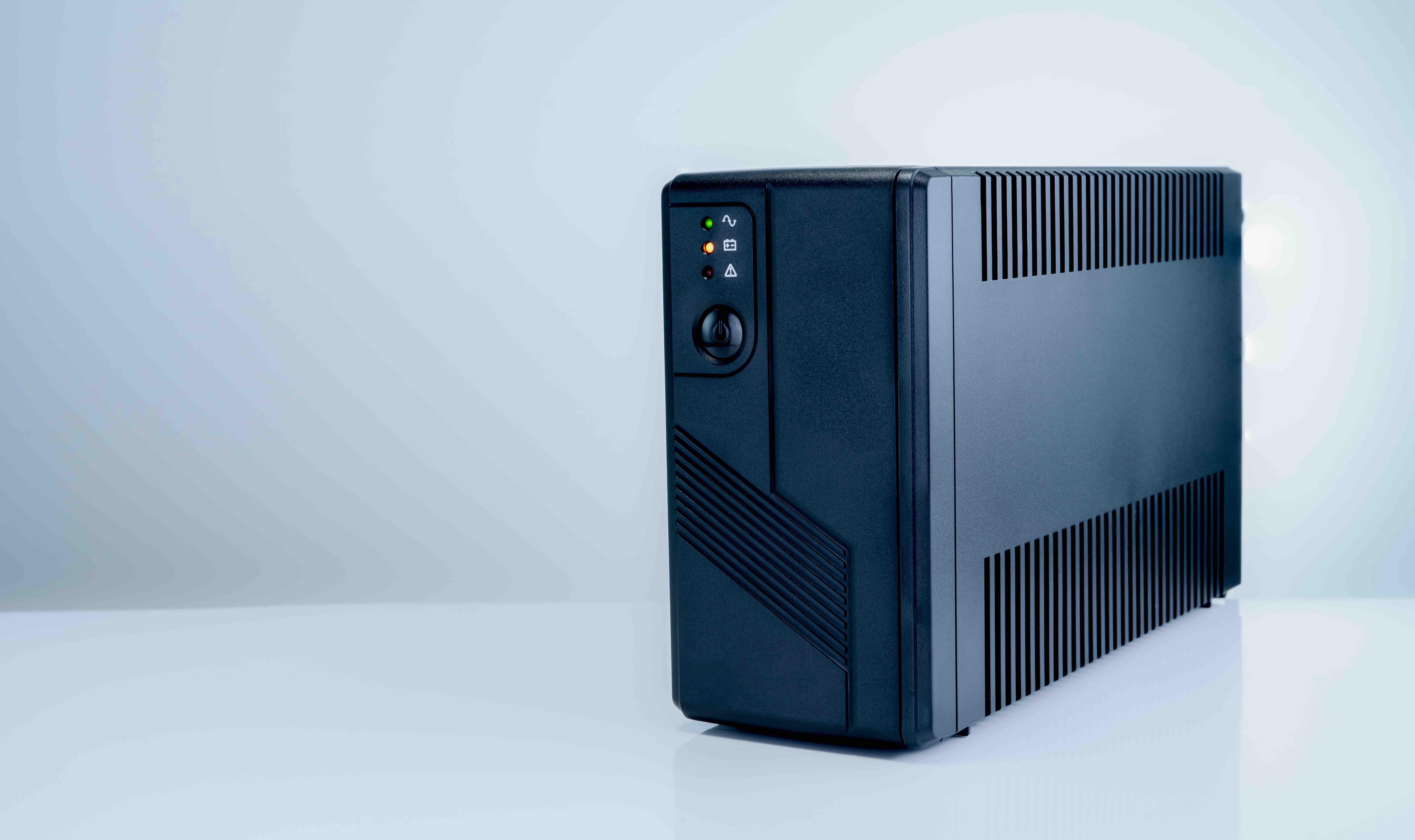
Phantom load, commonly referred to as vampire power or standby power, is the amount of electricity used by electronic gadgets even when they are not in use. These devices continue to draw power from the electrical grid even when they are off or in standby mode to maintain features like display settings, clocks, and timers and to be ready to turn on instantaneously when needed.
Phantom loads utilize a relatively little amount of energy, but when the total number of devices in a home or business is taken into account, the overall impact is substantial. The U.S. Department of Energy estimates that phantom loads can utilize up to 10% of the electricity consumed by a household. This results in millions of tons of greenhouse gas emissions globally and hundreds of dollars in wasted energy costs each year.
Electronic gadgets like televisions, laptops, printers, game consoles, cable boxes, and chargers frequently experience phantom loads. Even seemingly unimportant things like plugged-in cell phone chargers use energy even when the phone is completely charged.
Lowering energy consumption
Here are some methods for keeping an eye on phantom loads and lowering your energy consumption:
- Installing a power meter: It is a gadget that measures the energy usage of particular devices or appliances. You can use a power meter to determine which gadgets consume the most energy and take actions to reduce their energy consumption.
- Examine the device manuals: Many electronic devices include energy-saving capabilities or can be set to use less energy when in standby mode. Check the device manuals to verify if these functions are available and how to activate them.
- Make use of smart power strips: Smart power strips include sensors that identify when a gadget is in standby mode and automatically cut off the power to that device. This removes the need to turn off each item individually and ensures that no phantom loads are drawn.
- Unplug devices when not in use: Unplugging devices when not in use is one of the simplest ways to reduce phantom loads. Some devices, particularly those with difficult-to-reach connectors or those that require frequent use, such as a refrigerator or a clock, may find this inconvenient and impracticable. In such instances, power strips can be used to turn off many devices at the same time.
- Use energy-efficient gadgets: When acquiring new devices, look for those that are engineered to consume less energy while in standby mode. Look for devices with the ENERGY STAR certification, which shows that they fulfill the US Environmental Protection Agency’s energy efficiency criteria.
- Conduct a home energy audit: A home energy audit will help you uncover areas where you can save energy, such as phantom loads. Many utility companies provide their clients with free or low-cost energy audits.
- Keep an eye on your energy bills: Keep track of your energy bills and keep an eye out for any strange surges in consumption. This could indicate that a gadget is consuming more energy than necessary, possibly as a result of phantom load.
Reduced phantom loads are a crucial step toward lowering your energy use and saving money on your utility costs.
Phantom loads are a large and frequently disregarded cause of energy and financial waste. Simple actions, such as disconnecting gadgets when not in use, can help us save money on our electricity bills while reducing greenhouse gas emissions.
To reword Gaston Leroux’s quote from ‘The Phantom of The Opera,’
“Our ‘electrical circuits’ are one masked ball.” Every Watt matters!
– Gaston Leroux



